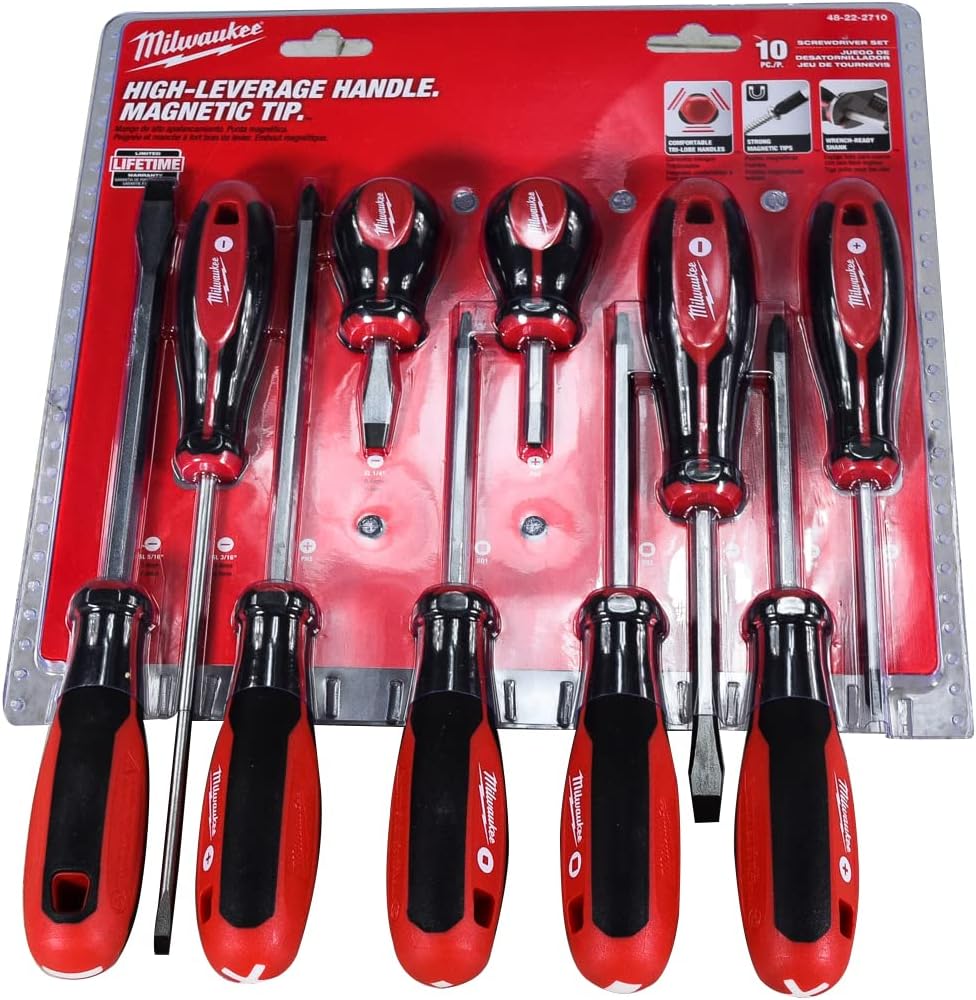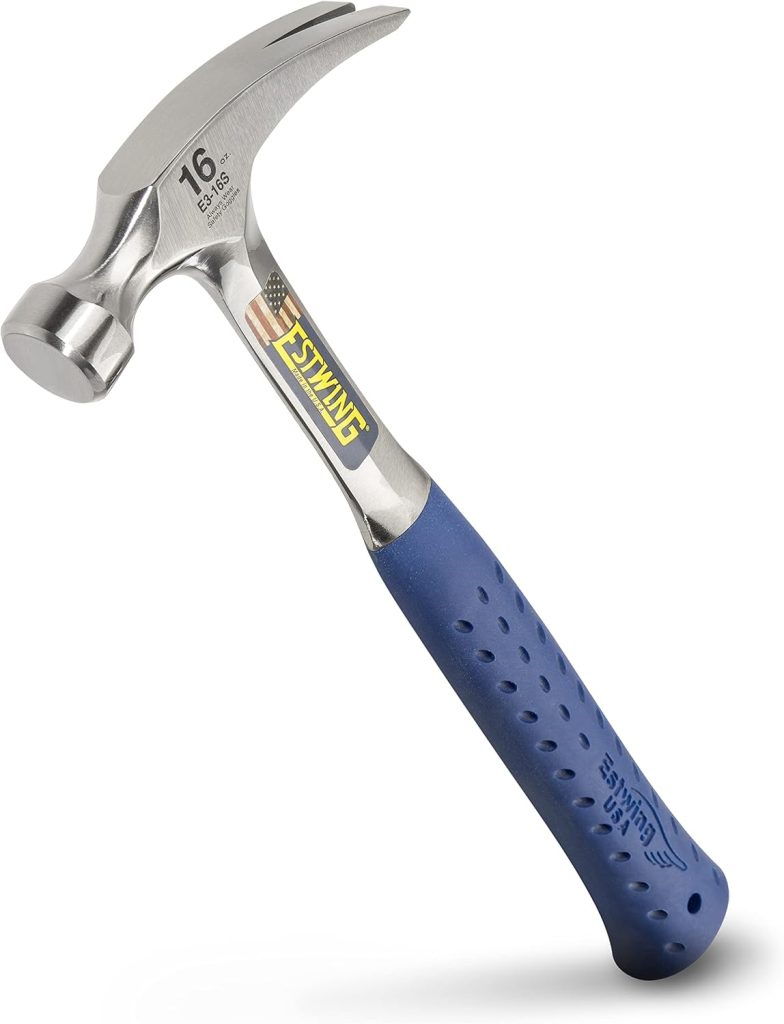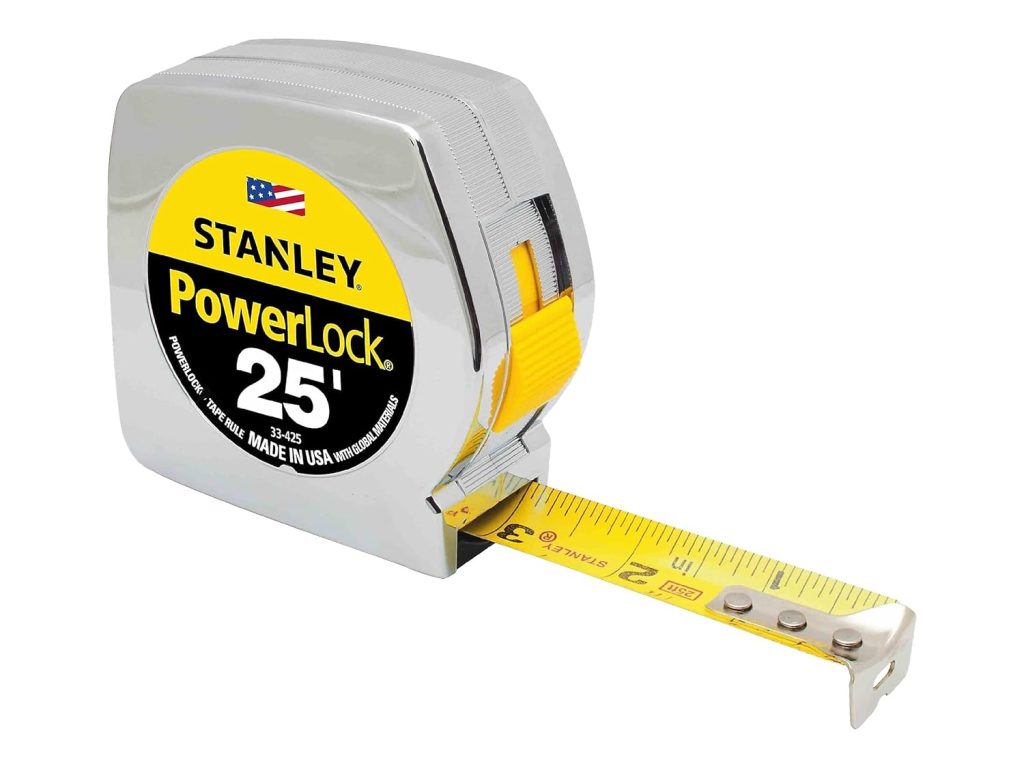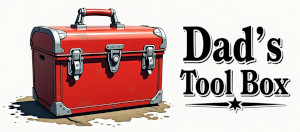Embarking on the journey of a do-it-yourselfer (DIYer) is incredibly rewarding. There’s immense satisfaction in fixing a leaky faucet, assembling that flat-pack furniture perfectly, or hanging a gallery wall exactly how you envisioned it. Beyond the pride, DIY saves you significant money on repairs and home improvements. But before you can dive into projects, you need the right equipment. The sheer number of tools available can be overwhelming for a beginner. Where do you even start?
While specialized tools have their place, a solid foundation is crucial. Forget the fancy gadgets for now; mastering the basics comes first. There are three fundamental tools that form the bedrock of any home toolkit. They are versatile, frequently used, and essential for tackling a vast range of everyday tasks and minor repairs. Investing in quality versions of these three will set you up for success on countless projects to come. Let’s break down the indispensable trio every aspiring DIYer needs.
1. The Indispensable Screwdriver Set

Look around your home. Screws hold together furniture, secure light switches and outlet covers, keep cabinet handles attached, grant access to battery compartments in toys and electronics, and play a role in countless appliances. It’s hard to overstate just how ubiquitous screws are. Consequently, a reliable set of screwdrivers is arguably the most crucial tool in your arsenal.
Why a set? Screws come in various sizes and head types. The two most common are the Phillips head (cross-shaped) and the flathead (slotted). Trying to use the wrong size or type of screwdriver is a recipe for frustration – you can easily strip the screw head, making it difficult or impossible to remove, or damage the screwdriver tip. A good starter set should include several sizes of both Phillips and flathead screwdrivers. Some sets also include Torx (star-shaped) or Robertson (square-shaped) drivers, which are becoming more common.
Alternatively, consider a multi-bit screwdriver – a single handle with interchangeable tips. This saves space but ensure it has a secure locking mechanism for the bits.
When choosing, look for screwdrivers with hardened tips for durability – cheap ones wear down quickly. Magnetic tips are a huge convenience, helping to hold screws in place, especially in tight spots. Finally, ensure the handles are comfortable and provide a good grip for applying torque. From tightening a loose drawer pull to assembling a bookshelf, your screwdriver set will see constant action.
2. The Mighty Claw Hammer

The hammer is perhaps the most iconic hand tool, and for good reason. Its primary function is straightforward: driving nails. Whether you’re hanging pictures, building a simple birdhouse, or securing loose trim, the hammer is your go-to. However, its utility doesn’t stop there. The “claw” on the back is specifically designed for prying and removing nails, making it invaluable for corrections, disassembly, or minor demolition tasks.
For general home use, a 16-ounce claw hammer is a versatile sweet spot – heavy enough for most common tasks but not too unwieldy. Pay attention to the handle material. While traditional wood handles have a classic feel, modern fiberglass or steel handles often offer better durability and vibration dampening, which can reduce fatigue during prolonged use. Look for a comfortable, non-slip grip. Ensure the hammer face (the striking part) is smooth; checkered or “waffle” faces are designed for framing carpentry and can mar surfaces on more delicate jobs.
Beyond nails, a hammer can gently tap things into place, break down small items for disposal, or provide a bit of “persuasion” when components are stuck (use with caution and often with a wood block to protect surfaces!). It’s a simple tool, but profoundly effective and absolutely essential.
3. The Crucial Measuring Tape

“Measure twice, cut once.” This age-old adage highlights the critical importance of accuracy in DIY. Whether you’re cutting lumber, figuring out if a new sofa will fit through the door, centering a picture frame, or ordering replacement window blinds, precise measurements are non-negotiable. Mistakes here lead to wasted materials, ill-fitting installations, and project setbacks. This makes a reliable measuring tape indispensable.
A 25-foot tape measure is a great all-around length for most homeowners, providing enough reach for room dimensions without being overly bulky. Look for a tape blade that is at least 1-inch wide – wider tapes have better “standout,” meaning they can extend further horizontally without collapsing, which is incredibly useful when measuring alone. Clear, easy-to-read markings (usually in both imperial and metric units) are essential.
A robust locking mechanism is crucial for holding the tape blade steady while you mark your measurement. Ensure the hook at the end is sturdy and slides slightly – this movement accounts for its own thickness, ensuring accurate inside and outside measurements. A durable case will protect the tape from drops and impacts. Don’t underestimate the importance of this tool; almost every project starts with a measurement.
Building Your Toolkit Foundation
There you have it – the foundational trio for any aspiring fix-it enthusiast: a versatile screwdriver set, a trusty claw hammer, and an accurate measuring tape. While you’ll undoubtedly add more specialized tools as your skills and projects grow (pliers, wrenches, a level, and a cordless drill are often next on the list), these three are the non-negotiables. They empower you to tackle a huge percentage of common household tasks and repairs. Invest in decent quality versions; they’ll perform better, last longer, and make your DIY journey much more enjoyable and successful. And remember, always pair your tools with appropriate safety gear like safety glasses and gloves! Happy fixing!

